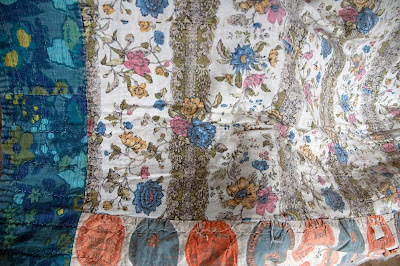Work from Greenwood, MS-based photographer Maude Schuyler Clay's portfolio Mississippi History has been celebrated by Richard Ford in The New Yorker's Photo Booth blog, go here.
Ford says of Clay's images that they " are especially human—in their subject matter, and in the photographer’s insistence that we be moved by art to look closely, and that photographs are good when they are as complex as we are."
"History is largely what historians demonstrate it to be, and the photographer’s guiding thought, here, for how to portray history is no more a casual affair than is the character of each individual image."

To Ford, these images "bespeak the informality of life lived in a place.
"They seem in their acute anecdotal particulars—a woman’s facial set, a man’s brimming eyes, a child’s posture of seeming indifference to the camera—to be the product of human relationships.
"In spite of their seductive informality, there is never a
deflating sensation of the impromptu about these pictures, never a
feeling of their subjects being casually caught, or of life being camera-stolen.
"Instead, each image affects us as an enactment,
a photographic performance.
"Informality, familiarity, and candor are transformed by this authority and persistence and deftness into an aesthetic quotient.
"And these qualities spell out, as well, the work’s moral position: that to see humans more closely, more discerningly, is life-affirming and good."
Thanks to Ford for thoughtful meditations on Clay's work, and congratulations to Clay for earning this well-deserved recognition.













































